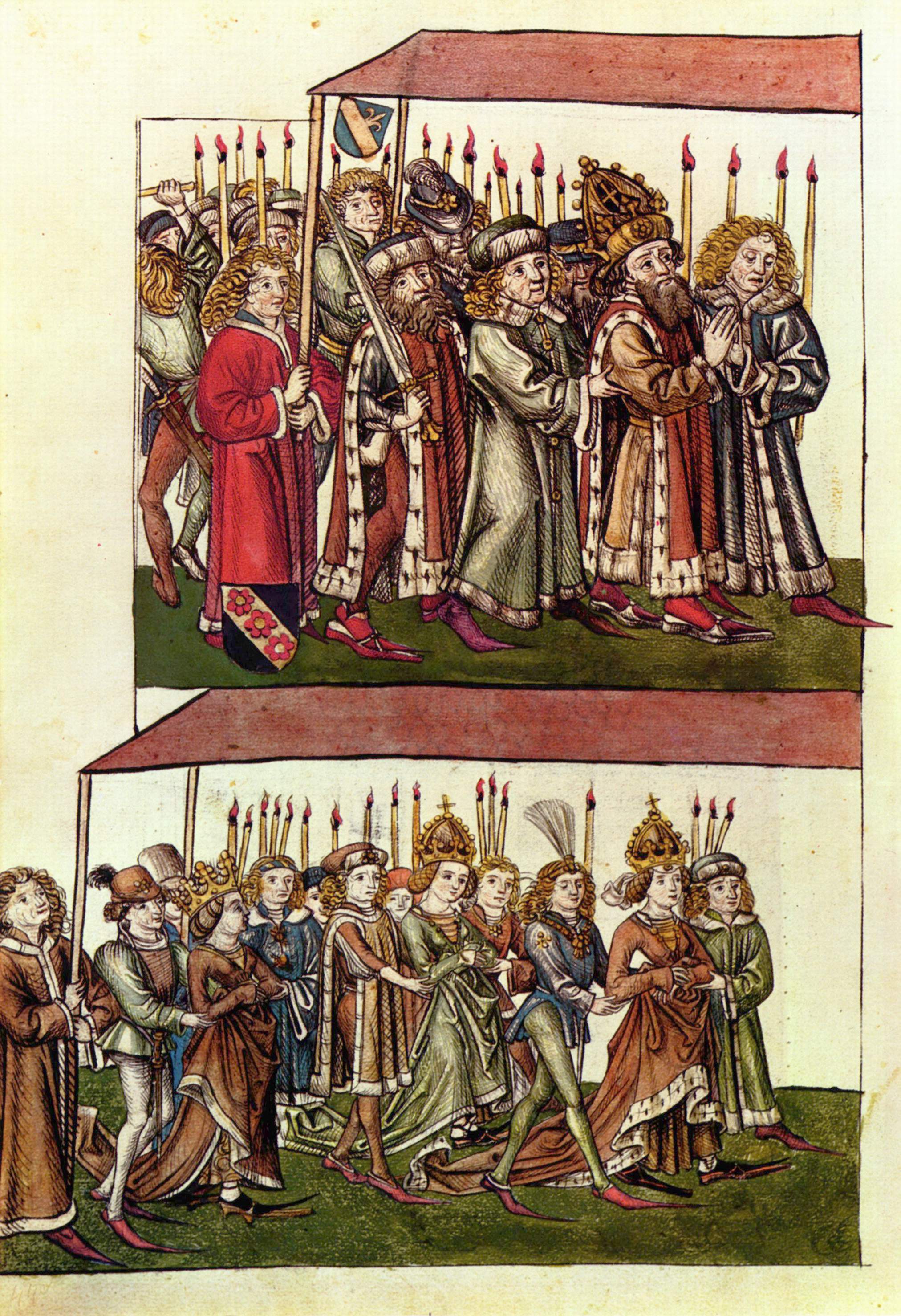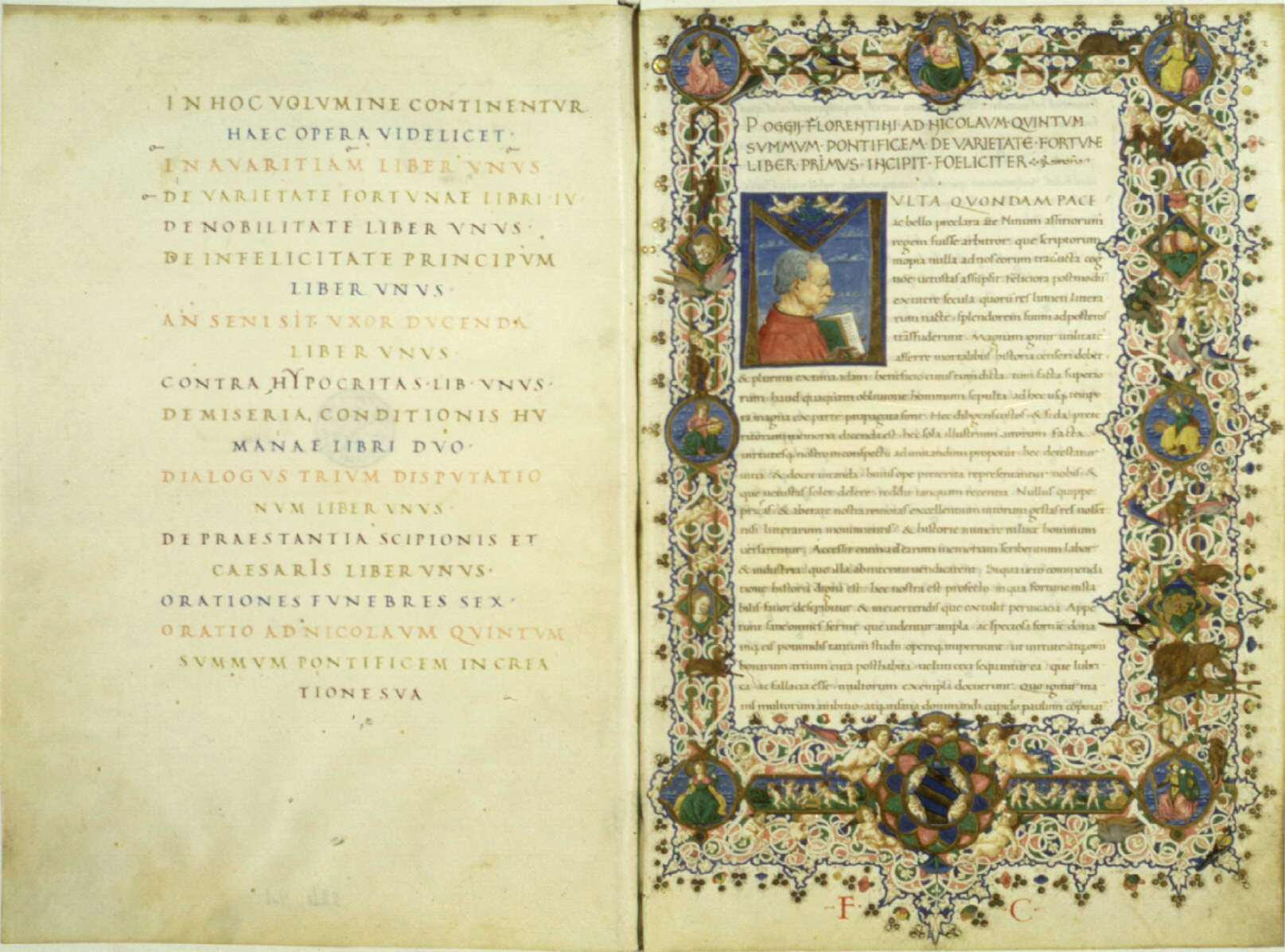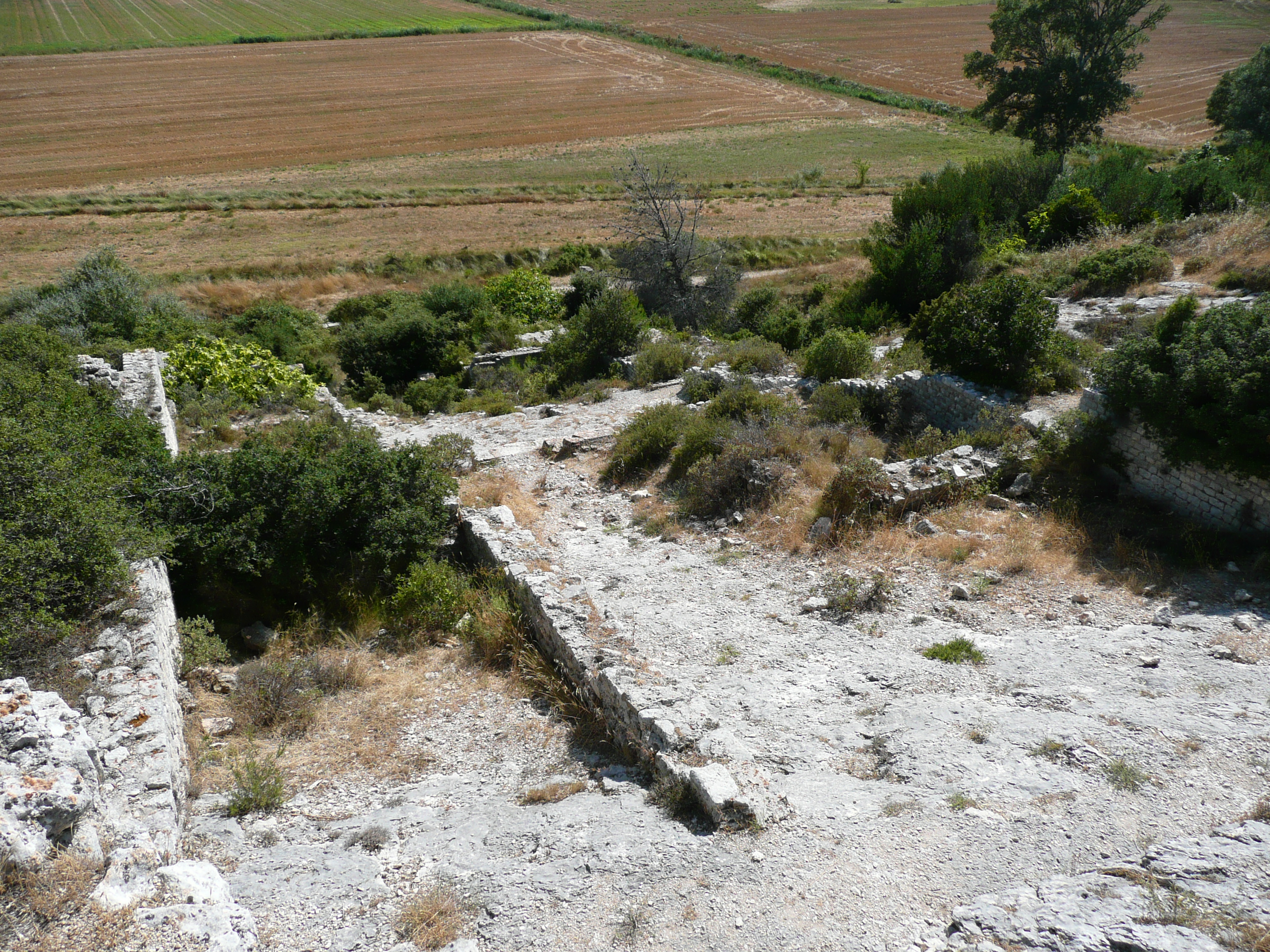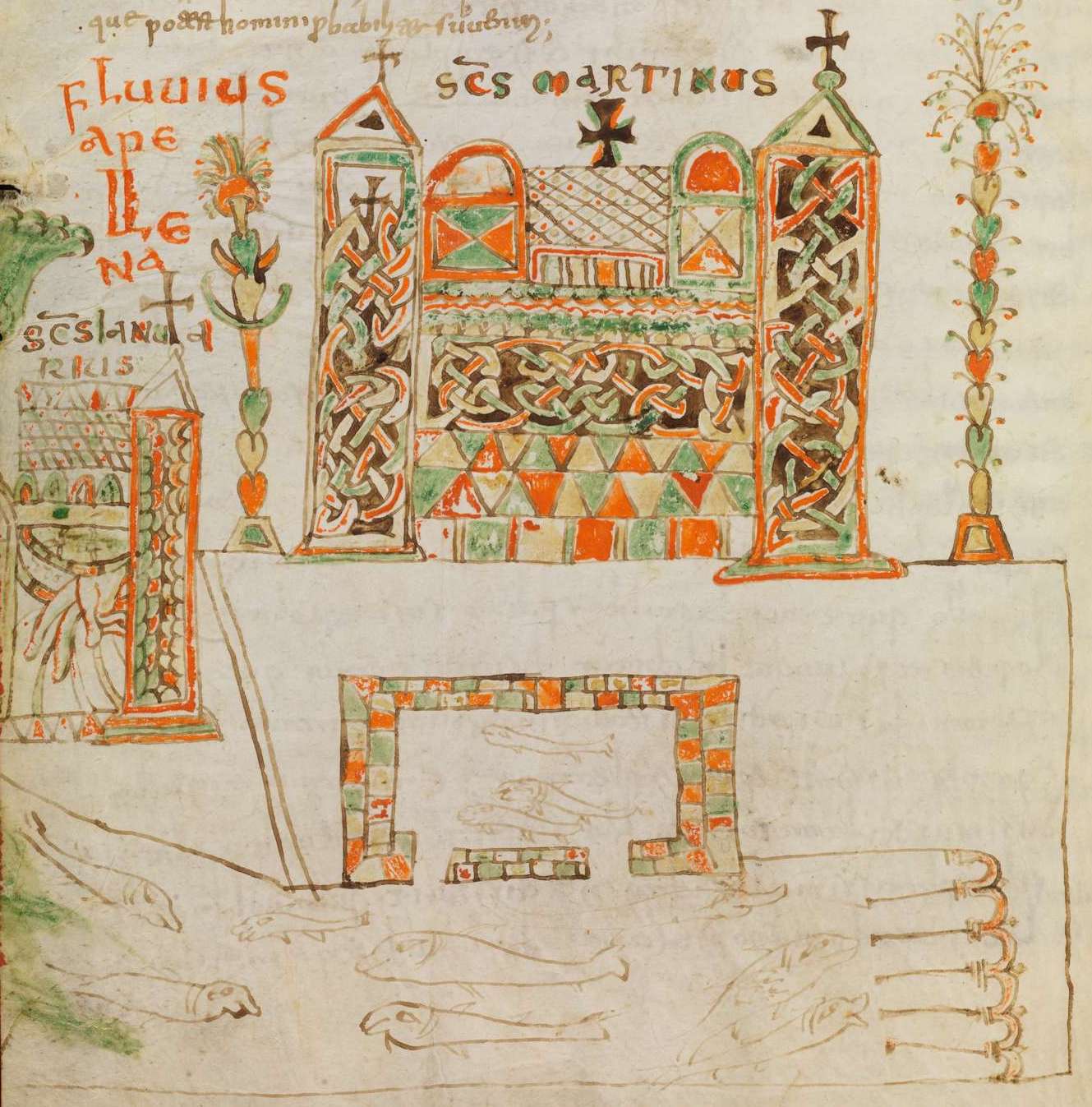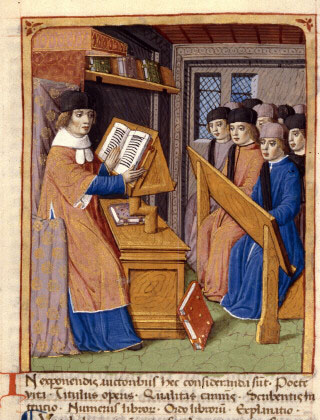|
Lucius Junius Moderatus Columella
Lucius Junius Moderatus Columella (; Arabic: , 4 – ) was a prominent writer on agriculture in the Roman Empire. His ' in twelve volumes has been completely preserved and forms an important source on Roman agriculture, together with the works of Cato the Elder and Marcus Terentius Varro, both of which he occasionally cites. A smaller book on trees, ', is usually attributed to him. In 1794 the Spanish botanists Ruiz y Pavón, José Antonio Pavón Jiménez and Hipólito Ruiz López named a genus of Peruvian asterids, asterid ''Columellia'' in his honour. Personal life Little is known of Columella's life. He was probably born in Cádiz, Gades, Hispania Baetica (modern Cádiz), possibly to Roman parents. After a career in the army (he was tribune in Syria (Roman province), Syria in 35), he turned to farming his estates at Ardea, Lazio, Ardea, Carsoli, Carseoli, and Alba Longa, Alba in Latium. ''De re rustica'' In ancient times, Columella's work "appears to have been but littl ... [...More Info...] [...Related Items...] OR: [Wikipedia] [Google] [Baidu] |
:Template:Infobox Writer/doc
Infobox writer may be used to summarize information about a person who is a writer/author (includes screenwriters). If the writer-specific fields here are not needed, consider using the more general ; other infoboxes there can be found in :People and person infobox templates. This template may also be used as a module (or sub-template) of ; see WikiProject Infoboxes/embed for guidance on such usage. Syntax The infobox may be added by pasting the template as shown below into an article. All fields are optional. Any unused parameter names can be left blank or omitted. Parameters Please remove any parameters from an article's infobox that are unlikely to be used. All parameters are optional. Unless otherwise specified, if a parameter has multiple values, they should be comma-separated using the template: : which produces: : , language= If any of the individual values contain commas already, add to use semi-colons as separators: : which produces: : , ps ... [...More Info...] [...Related Items...] OR: [Wikipedia] [Google] [Baidu] |
Carsoli
Carsoli (Marsicano: ') is a town and ''comune'' in the province of L'Aquila, Abruzzo (central Italy). The ancient Roman city lies southwest of the modern town. History The ancient city, known as ''Carsioli'' (or ''Carseoli''), was founded in the country of the Aequi between 302 and 298 BC, just after the establishment of Alba Fucens, no doubt as a stronghold to guard the road to the latter. It is mentioned in 211 BC as one of the 12 of 30 Latin colonies that protested their inability to furnish more men or money for the war against Hannibal. It is known that, in 168 BC, it was used as a place of confinement for political prisoners. It was sacked in the Social War, but probably became a ''municipium'' after it. The 1st century agricultural writer Columella possessed estates there. The modern town of Carsoli first appears in a diploma of 866 AD, but the old site does not seem to have been abandoned until the 13th century. Main sights The line of the city walls (originally in tuf ... [...More Info...] [...Related Items...] OR: [Wikipedia] [Google] [Baidu] |
Fruit
In botany, a fruit is the seed-bearing structure in flowering plants that is formed from the ovary after flowering. Fruits are the means by which flowering plants (also known as angiosperms) disseminate their seeds. Edible fruits in particular have long propagated using the movements of humans and animals in a symbiotic relationship that is the means for seed dispersal for the one group and nutrition for the other; in fact, humans and many animals have become dependent on fruits as a source of food. Consequently, fruits account for a substantial fraction of the world's agricultural output, and some (such as the apple and the pomegranate) have acquired extensive cultural and symbolic meanings. In common language usage, "fruit" normally means the seed-associated fleshy structures (or produce) of plants that typically are sweet or sour and edible in the raw state, such as apples, bananas, grapes, lemons, oranges, and strawberries. In botanical usage, the term "fruit" also i ... [...More Info...] [...Related Items...] OR: [Wikipedia] [Google] [Baidu] |
Viticulture
Viticulture (from the Latin word for ''vine'') or winegrowing (wine growing) is the cultivation and harvesting of grapes. It is a branch of the science of horticulture. While the native territory of ''Vitis vinifera'', the common grape vine, ranges from Western Europe to the Iran, Persian shores of the Caspian Sea, the vine has demonstrated high levels of adaptability to new environments, hence viticulture can be found on every continent except Antarctica. Duties of the viticulturist include monitoring and controlling Pest (organism), pests and Plant pathology, diseases, fertilizer, fertilizing, irrigation (wine), irrigation, canopy (grape), canopy Glossary of viticultural terms#Canopy management, management, monitoring fruit development and Typicity, characteristics, deciding when to harvest (wine), harvest, and vine pruning during the winter months. Viticulturists are often intimately involved with winemakers, because vineyard management and the resulting grape characteristics ... [...More Info...] [...Related Items...] OR: [Wikipedia] [Google] [Baidu] |
Soil
Soil, also commonly referred to as earth or dirt, is a mixture of organic matter, minerals, gases, liquids, and organisms that together support life. Some scientific definitions distinguish ''dirt'' from ''soil'' by restricting the former term specifically to displaced soil. Soil consists of a solid phase of minerals and organic matter (the soil matrix), as well as a porous phase that holds gases (the soil atmosphere) and water (the soil solution). Accordingly, soil is a three-state system of solids, liquids, and gases. Soil is a product of several factors: the influence of climate, relief (elevation, orientation, and slope of terrain), organisms, and the soil's parent materials (original minerals) interacting over time. It continually undergoes development by way of numerous physical, chemical and biological processes, which include weathering with associated erosion. Given its complexity and strong internal connectedness, soil ecologists regard soil as an ecosystem. Most ... [...More Info...] [...Related Items...] OR: [Wikipedia] [Google] [Baidu] |
Council Of Constance
The Council of Constance was a 15th-century ecumenical council recognized by the Catholic Church, held from 1414 to 1418 in the Bishopric of Constance in present-day Germany. The council ended the Western Schism by deposing or accepting the resignation of the remaining papal claimants and by electing Pope Martin V. It was the last papal election to take place outside of Italy. The council also condemned Jan Hus as a heretic and facilitated his execution by the civil authority, and ruled on issues of national sovereignty, the rights of pagans and just war, in response to a conflict between the Grand Duchy of Lithuania, Kingdom of Poland and the Order of the Teutonic Knights. The council is also important for its relationship to ecclesial conciliarism and Papal supremacy. The council's decrees were formally annulled by Pope Sixtus IV in 1478. Origin and background The council's main purpose was to end the Papal schism which had resulted from the confusion following the Avig ... [...More Info...] [...Related Items...] OR: [Wikipedia] [Google] [Baidu] |
Bartolomeo Di Montepulciano
Bartolomeo or Bartolommeo is a masculine Italian given name, the Italian equivalent of Bartholomew. Its diminutive form is Baccio. Notable people with the name include: * Abramo Bartolommeo Massalongo (1824–1860), Italian paleobotanist and lichenologist * Bartolomeo Aimo (1889–1970), Italian professional bicycle road racer * Bartolomeo Altomonte, a.k.a. Bartholomäus Hohenberg (1694–1783), Austrian baroque painter * Bartolomeo Amico a.k.a. Bartholomeus Amicus (1562–1649), Jesuit priest, teacher and writer who spent his adult life in Naples * Bartolomeo Ammanati (1511–1592), Florentine architect and sculptor * Bartolomeo Avanzini (1608–1658), Italian architect of the Baroque period * Bartolomeo Bacilieri (1842–1923), Italian cardinal, Bishop of Verona 1900–1923 * Bartolommeo Bandinelli (1488–1560), Italian sculptor * Bartolomeo Barbarino (c. 1568–c. 1617 or later), Italian composer and singer of the early Baroque era * Bartolomeo Bassi (early 1600s-1640s), Geno ... [...More Info...] [...Related Items...] OR: [Wikipedia] [Google] [Baidu] |
Poggio Bracciolini
Gian Francesco Poggio Bracciolini (11 February 1380 – 30 October 1459), usually referred to simply as Poggio Bracciolini, was an Italian scholar and an early Renaissance humanist. He was responsible for rediscovering and recovering many classical Latin manuscripts, mostly decaying and forgotten in German, Swiss, and French monastic libraries. His most celebrated finds are ''De rerum natura'', the only surviving work by Lucretius, ''De architectura'' by Vitruvius, lost orations by Cicero such as '' Pro Sexto Roscio'', Quintilian's ''Institutio Oratoria'', Statius' ''Silvae'', and Silius Italicus's ''Punica'', as well as works by several minor authors such as Frontinus' ''De aquaeductu'', Ammianus Marcellinus’ ''Res Gestae'' (''Rerum gestarum Libri XXXI''), Nonius Marcellus, Probus, Flavius Caper, and Eutyches. Birth and education Poggio di Guccio (the surname Bracciolini added during his career) was born near Arezzo in Tuscany, in the village of Terranuova, which in 1862 wa ... [...More Info...] [...Related Items...] OR: [Wikipedia] [Google] [Baidu] |
Rutilius Taurus Aemilianus Palladius
Rutilius Taurus Aemilianus Palladius, also known as Palladius Rutilius Taurus Aemilianus or most often just as Palladius, was an ancient writer who wrote in Latin, and is dated variously to the later 4th century or first half of the 5th century AD. He is principally known for his book on agriculture, ''Opus agriculturae'', sometimes known as ''De re rustica''. Biography Since the Middle Ages, authors of agricultural treatises have referred often to Palladius. The Palladii were a prominent Gallic family, and the name ''Palladius'' is probably a family name (of Greek origin), with Aemilianus his ''cognomen'' (of Roman origin). In Late Antiquity, the convention of the ''tria nomina'' ("three names") for Roman men was no longer standard, and the greater variation in naming practice contributes to the uncertainty over the correct order of his names. Evidence for his life is scant. Manuscripts of his work call him a ''vir illustris'', which would indicate high rank. Although Palladi ... [...More Info...] [...Related Items...] OR: [Wikipedia] [Google] [Baidu] |
Isidore Of Seville
Isidore of Seville ( la, Isidorus Hispalensis; c. 560 – 4 April 636) was a Spanish scholar, theologian, and archbishop of Seville. He is widely regarded, in the words of 19th-century historian Montalembert, as "the last scholar of the ancient world". At a time of disintegration of classical culture, aristocratic violence and widespread illiteracy, Isidore was involved in the conversion of the Arian Visigothic kings to Catholicism, both assisting his brother Leander of Seville and continuing after his brother's death. He was influential in the inner circle of Sisebut, Visigothic king of Hispania. Like Leander, he played a prominent role in the Councils of Toledo and Seville. His fame after his death was based on his ''Etymologiae'', an etymological encyclopedia that assembled extracts of many books from classical antiquity that would have otherwise been lost. This work also helped standardize the use of the period ( full stop), comma, and colon. Since the early ... [...More Info...] [...Related Items...] OR: [Wikipedia] [Google] [Baidu] |
Cassiodorus
Magnus Aurelius Cassiodorus Senator (c. 485 – c. 585), commonly known as Cassiodorus (), was a Roman statesman, renowned scholar of antiquity, and writer serving in the administration of Theodoric the Great, king of the Ostrogoths. ''Senator'' was part of his surname; not his rank. He also founded a monastery, Vivarium, where he spent the last years of his life. Life Cassiodorus was born at Scylletium, near Catanzaro in Calabria, Italy. Some modern historians speculate that his family was of Syrian origin based on his Greek name. His ancestry included some of the most prominent ministers of the state extending back several generations. His great-grandfather held a command in the defense of the coasts of southern Italy from Vandal sea-raiders in the middle of the fifth century; his grandfather appears in a Roman embassy to Attila the Hun, and his father (who bore the same name) served as ''comes sacrarum largitionum'' and ''comes rerum privatarum'' to Odovacer and as Praetorian ... [...More Info...] [...Related Items...] OR: [Wikipedia] [Google] [Baidu] |
Maurus Servius Honoratus
Servius was a late fourth-century and early fifth-century grammarian. He earned a contemporary reputation as the most learned man of his generation in Italy; he authored a set of commentaries on the works of Virgil. These works, ''In tria Virgilii Opera Expositio'', constituted the first incunable to be printed at Florence, by Bernardo Cennini, in 1471. In the ''Saturnalia'' of Macrobius, Servius appears as one of the interlocutors; allusions in that work and a letter from Symmachus to Servius indicate that he was not a convert to Christianity. Commentary on Virgil The commentary on Virgil ( la, In Vergilii Aeneidem commentarii) survives in two distinct manuscript traditions. The first is a comparatively short commentary, attributed to Servius in the superscription in the manuscripts and by other internal evidence. The second class derive from the 10th and 11th centuries, embed the same text in a much expanded commentary. The copious additions are in contrasting style t ... [...More Info...] [...Related Items...] OR: [Wikipedia] [Google] [Baidu] |


